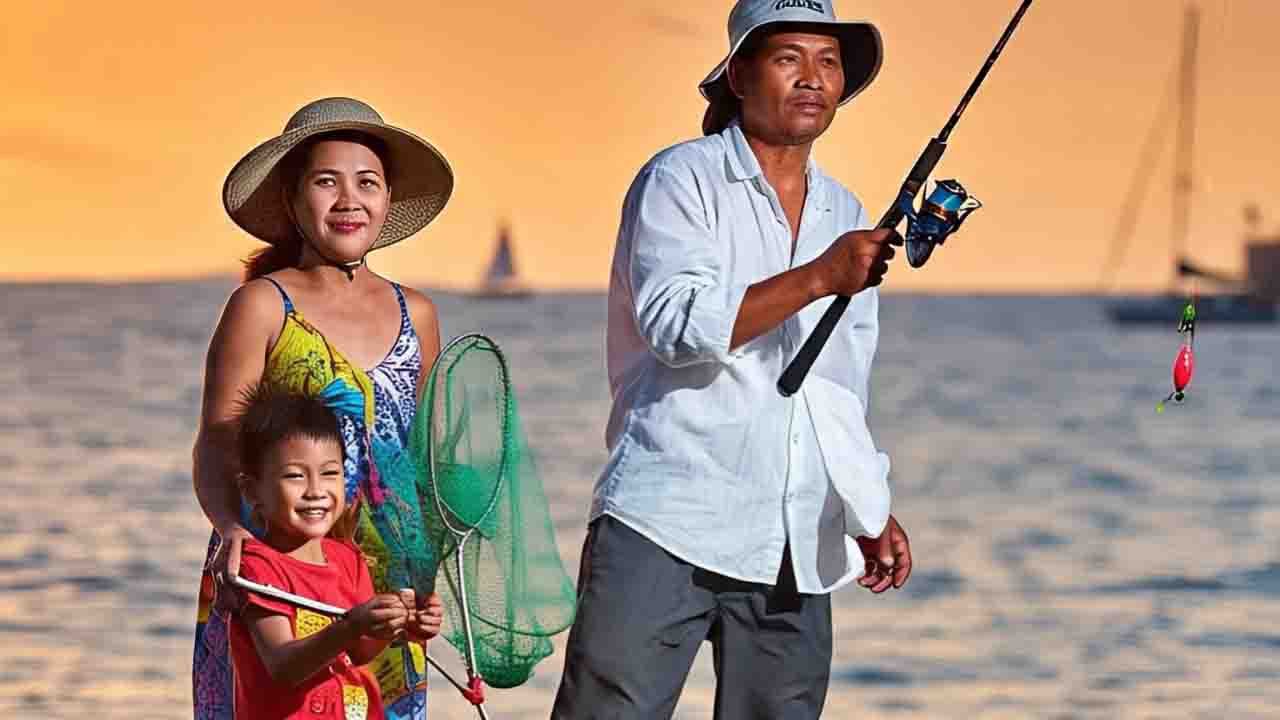
Resilienceapac – Waves of Change are reshaping the lives of thousands of Filipinos living along the country’s vulnerable coastlines. For the Reyes family in Luzon, the sea that once provided food and income is now a source of constant fear. Rising sea levels, stronger typhoons, and dwindling fish stocks are threatening not only their livelihood but also their safety. Over 1.6 million Filipinos who depend on coastal fisheries face similar challenges as the climate crisis accelerates.
Communities that once flourished by the shore are now facing frequent displacement. As storms grow more intense and unpredictable, homes are damaged or swept away, while fishing activities become more dangerous and less profitable. These once-thriving villages are now on the frontlines of a global environmental emergency.
In response, some communities are fighting back with innovative, nature-based solutions. One growing movement is the restoration of mangrove forests, which serve as natural barriers against storm surges and erosion. Unlike concrete seawalls which are costly and sometimes ineffective mangroves protect the land while also restoring biodiversity and providing fish habitats.
“Upstart Crow MacBuff: Bridging Bard and Belly Laughs”
Beyond ecological measures, local governments and NGOs are supporting stronger legal protections for affected families and building storm-resistant housing. Elevated, reinforced homes are replacing traditional wooden ones, offering greater safety in disaster-prone zones. These efforts reflect a growing awareness that solutions must be both sustainable and community-centered.
Still, challenges remain. Many government-led defenses focus on hard infrastructure like seawalls, often without consulting local residents. Critics argue that these solutions may fail in the long term without community involvement and environmental harmony.
Waves of Change are not just shaping the environment they are shaping the future of the Philippines’ coastal communities. With every storm and every tide, the fight for survival continues. But hope lies in the resilience of the people, their ability to adapt, and their push for smarter, more inclusive climate responses.
As the world watches, these communities stand as a reminder that the battle against climate change begins at the shoreline one wave at a time.
“Smart Logistics: When IoT Becomes the World’s Supply Chain”
Resilience APAC: Asia-Pacific Hub for Reform - Industrial companies now measure how extreme weather, regulation, and shifting markets shape the…
Resilience APAC: Asia-Pacific Hub for Reform - Governments and companies increasingly rely on climate adaptation partnerships APAC to fund resilient…
Resilience APAC: Asia-Pacific Hub for Reform - Rising losses from extreme weather are forcing companies to prioritize climate adaptation for…
Resilience APAC: Asia-Pacific Hub for Reform reports the growing shift toward value-based care industry impact as healthcare systems move from…
Resilience APAC: Asia-Pacific Hub for Reform reports that africa cape route shipping is no longer a temporary fix but a…
Resilience APAC: Asia-Pacific Hub for Reform menyoroti bagaimana digital twins untuk industri mengubah cara pabrik, energi, dan logistik merancang, mengoperasikan,…